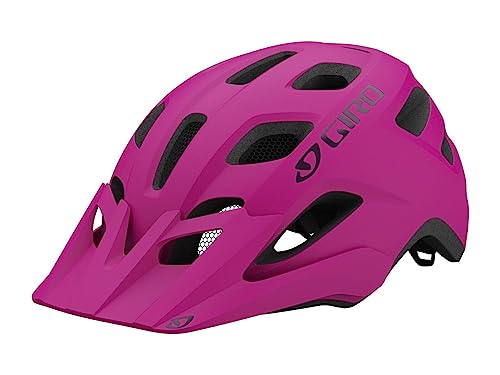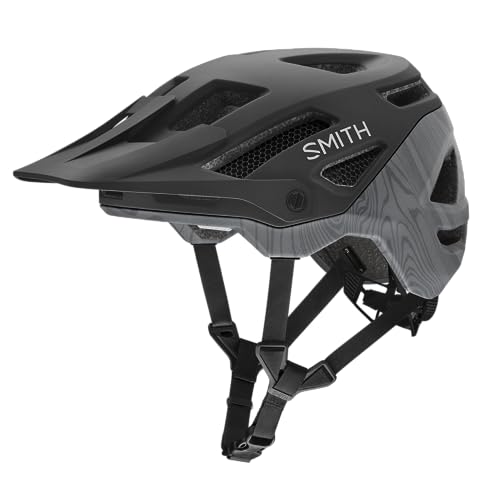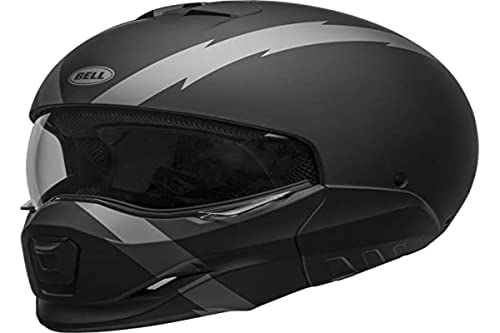Understanding the Importance of a Good Men’s Road Bike Helmet: Your Safety First
Why a Good Helmet Matters
When we hit the road on our bikes, the thrill of the ride should never come at the expense of our safety. A high-quality men’s road bike helmet is crucial because it serves as our first line of defence against potential accidents. Imagine cycling on busy streets; one moment of distraction could lead to a mishap. Wearing a dependable helmet not only protects your head but also gives you the confidence to ride with peace of mind.
Statistics Speak Volumes
It’s eye-opening to note that studies indicate wearing a helmet can reduce the risk of head injuries by a significant margin. Consider how often cyclists encounter unpredictable situations, whether it’s an uneven road surface or an unexpected stop. Having a robust helmet reduces the likelihood of severe consequences in such scenarios.
Key Features to Look for in a Men’s Road Bike Helmet
Material Matters
Helmets come in various materials, each influencing strength and weight. A common choice is polycarbonate or EPS foam, which is both lightweight and shock-absorbent, ensuring that you don’t feel weighed down during long rides.
Ventilation Is Key
Riding can get hot, especially on lengthy journeys. Good ventilation is essential for comfort. Look for helmets with multiple ventilation holes to allow airflow, keeping your head cool while cycling. This aspect is often overlooked, yet it can significantly enhance your overall riding experience.
Adjustability for Personal Fit
Each cyclist is unique, so having an adjustable fit is necessary. Helmets that feature adjustable straps or a sizing system allow you to customise the fit to your head. A secure yet comfortable fit ensures that the helmet does not shift during a ride, maintaining protection where it’s needed most.
How to Choose the Right Size and Fit for Your Comfort
Measuring Your Head
Determining the correct size is as easy as using a measuring tape. Wrap the tape around the widest part of your head, just above your ears, and note the measurement. Using this size, you can refer to the sizing charts provided by manufacturers for an accurate fit.
Trying It On
Once you have a size in mind, trying on helmets is essential. Ensure it sits securely on your head, not too tight but snug enough that it won’t shift. A good fit should allow you to move your head without feeling loose, and you shouldn’t experience any discomfort, even during moments when you might be adjusting your riding position.
Straps and Padding
Don’t forget to check the chin straps and padding. The straps should rest comfortably under your chin, and padding should feel soft against your forehead. Remember, comfort can make or break your riding experience, so be attentive to these details.
Top Recommendations for the Best Men’s Road Bike Helmets on the Market
The All-Rounder
We recommend considering helmets designed for versatility, offering a good balance between price, features, and performance. These helmets typically include excellent ventilation, a lightweight design, and solid protection. They perform well for casual rides and longer journeys.
The Performance Option
For those who are serious about cycling and frequently partake in competitive rides, a streamlined performance helmet may be ideal. These are often more aerodynamic, reducing drag, and may feature additional technology for enhanced safety. Choosing a performance model denies you no comfort while ensuring maximum safety.
Budget-Friendly Choices
If you’re new to cycling or on a budget, many manufacturers provide reliable helmets that don’t compromise on safety. While these plans may lack advanced features, they still adhere to safety regulations, ensuring you are protected without breaking the bank.
Maintenance Tips for Keeping Your Men’s Road Bike Helmet in Top Condition
Regular Cleaning
Just like your bike, your helmet benefits from regular cleaning. Use mild soap and water to clean the outer shell, avoiding harsh chemicals that may damage the material. Cleanning the interior padding can be done by gently hand washing it, ensuring to let it dry completely before using it again.
Inspect for Damage
After any significant impact, inspect your helmet for cracks or dents. If you notice any damage, it’s crucial to replace the helmet, as even small imperfections can reduce its protective abilities.
Proper Storage
Storing your helmet correctly can prolong its lifespan. Keep it in a cool, dry place, away from direct sunlight or extreme temperatures, as excessive heat can weaken the materials over time. Discourage using it as a storage place for other items, as that can cause unnecessary damage.




























